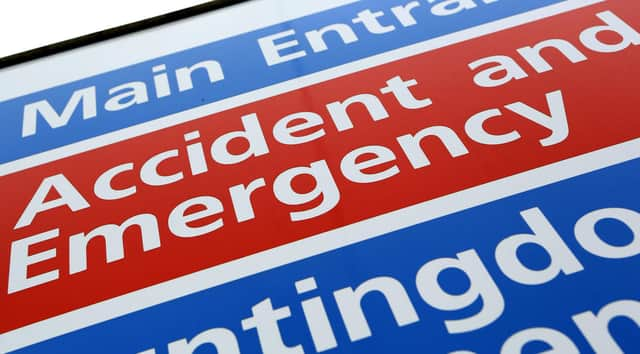Drop in visits to A&E at St George's University Hospitals Trust last month


Fewer patients visited A&E at St George's University Hospitals Trust last month – and attendances were lower than over the same period last year, figures reveal.
NHS England figures show 13,060 patients visited A&E at St George's University Hospitals NHS Foundation Trust in June.
Advertisement
Hide AdAdvertisement
Hide AdThat was a drop of 3% on the 13,489 visits recorded during May, and 7% lower than the 14,041 patients seen in June 2021.
The figures show attendances were above the levels seen in the early days of the coronavirus pandemic – in June 2020, there were 9,294 visits to A&E departments run by St George's University Hospitals Trust.
The majority of attendances last month were via major A&E departments – those with full resuscitation equipment and 24-hour consultant-led care – while 7% were via minor injury units.
Across England, A&E departments received 2.2 million visits last month.
Advertisement
Hide AdAdvertisement
Hide AdThat was in line with May, and the same number as were seen during June 2021.
At St George's University Hospitals NHS Foundation Trust:
In June:
There were 1,064 booked appointments, up from 1,024 in May
70% of arrivals were seen within four hours, against an NHS target of 95%
822 patients waited longer than four hours for treatment following a decision to admit – 6% of patients
Of those, 426 were delayed by more than 12 hours
Separate NHS Digital data reveals that in May:
The median time to treatment was 91 minutes. The median average is used to ensure figures are not skewed by particularly long or short waiting times
Around 5% of patients left before being treated